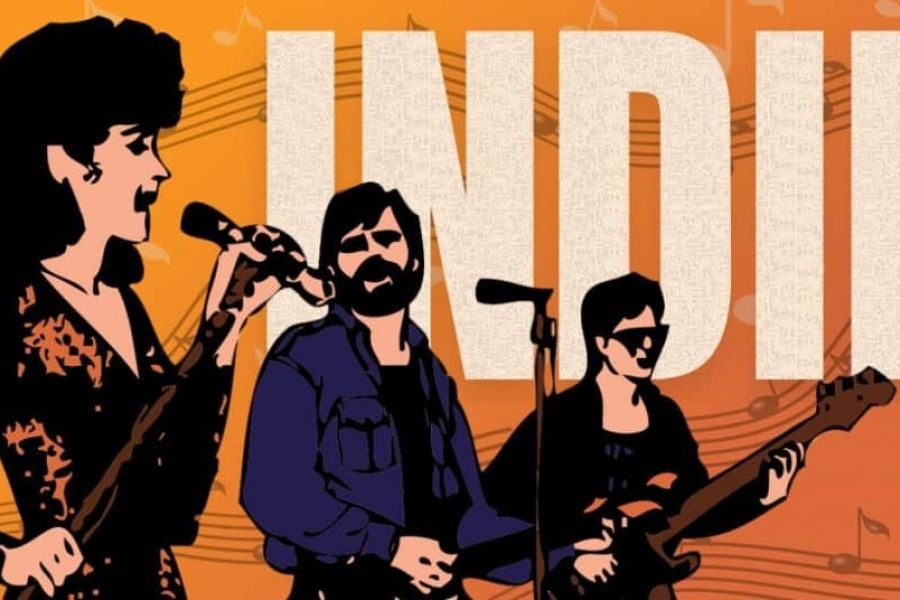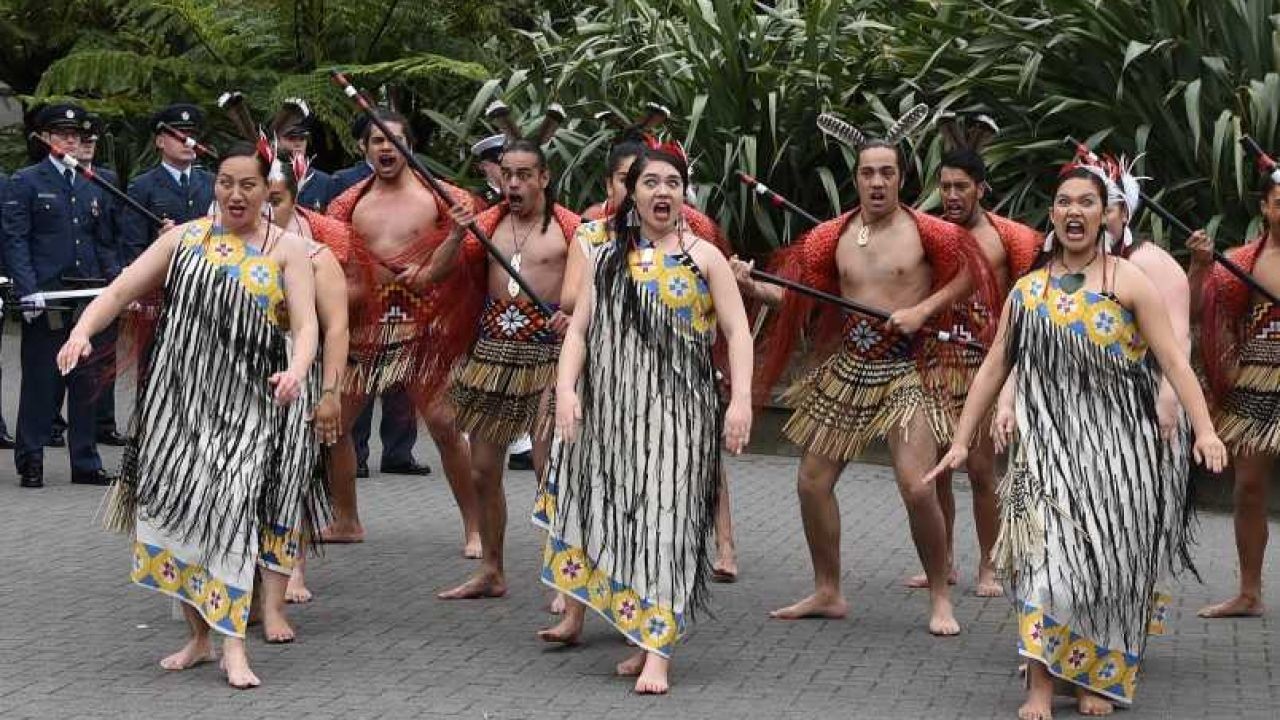New Zealand’s indie music scene is a vibrant tapestry woven from the country's unique cultural, social, and economic threads. From the early days of Flying Nun Records bringing the "Dunedin Sound" to global ears, to today's digital landscape where Kiwi artists break through geographical barriers, the evolution of Kiwi indie music is a testament to resilience, creativity, and innovation. This article delves into how New Zealand's indie music has evolved, the challenges it faces, and its impact on the local economy, while also exploring future trends that could redefine the industry.
🔍 The Birth of a Unique Sound: New Zealand's Indie Music Origins
New Zealand's indie music scene began to take shape in the late 1970s and early 1980s with the emergence of the "Dunedin Sound," characterized by jangly guitars and introspective lyrics. Labels like Flying Nun Records played a pivotal role in promoting local talent, capturing a sound that was both distinct and influential internationally. Bands such as The Clean, The Chills, and The Bats became synonymous with this movement, challenging the dominance of mainstream pop and rock.
During this period, the government’s cultural policies, such as funding for arts and music, helped nurture local talent. According to a report by Creative New Zealand, government support has been vital in sustaining the arts scene, contributing to an industry that now generates NZD 3.5 billion annually. This foundation laid the groundwork for a thriving indie scene that continues to innovate and expand.
📊 Indie Music in the Digital Age: Challenges and Opportunities
As the digital age dawned, the music industry underwent a seismic shift. For New Zealand's indie musicians, digital platforms offered both challenges and opportunities. On one hand, streaming services and social media provided unprecedented access to global audiences. On the other, they presented new hurdles, including the challenge of monetizing music in an era where revenue from album sales has dwindled.
According to Stats NZ, digital music sales surpassed physical sales for the first time in 2015, a trend that has only accelerated. However, this shift has not been without its drawbacks. While artists like Lorde have successfully leveraged digital platforms to reach international fame, many Kiwi musicians struggle with the financial viability of streaming services. A study by the New Zealand Music Commission found that 70% of local musicians earn less than NZD 20,000 annually from their music, highlighting the economic challenges within the industry.
💡 Case Study: The Rise of Benee
Problem:
Benee, a rising star in New Zealand's music scene, faced the challenge of breaking through the noise of a saturated global music market. Despite the popularity of her single "Supalonely," reaching international acclaim required strategic marketing and distribution efforts.
Action:
To address this, Benee and her team focused on a robust online presence, leveraging platforms like TikTok to not only promote her music but also engage with a global audience. This approach was complemented by partnerships with international labels that facilitated her music's distribution beyond New Zealand.
Result:
This strategy paid off, with "Supalonely" amassing over 1 billion streams on Spotify, and Benee receiving the "Best New Artist" award at the 2020 New Zealand Music Awards. Her success underscores the potential of digital platforms when strategically utilized.
Takeaway:
The case of Benee illustrates the importance of a multi-faceted approach to digital marketing and the value of international collaborations. For Kiwi indie musicians, embracing digital platforms while building strong networks can be key to achieving global reach.
🔍 Contrasting Views on the Role of Government Support
There is an ongoing debate about the role of government support in the arts, with some advocating for increased funding and others suggesting that the market should dictate the success of artists.
Advocate Perspective: Proponents argue that government support is crucial for sustaining the arts, particularly in a small market like New Zealand. They point to the success of initiatives like the New Zealand Music Commission's funding programs, which have helped artists reach broader audiences.
Critic Perspective: Critics, however, claim that too much reliance on government funding can stifle creativity and lead to a lack of innovation. They argue that a market-driven approach encourages artists to be more entrepreneurial and self-sufficient.
Middle Ground: A balanced approach that combines government support with market-driven strategies could provide a sustainable model for the future. Encouraging collaboration between the government, private sector, and artists themselves can foster innovation while ensuring financial viability.
📈 Future Trends in Kiwi Indie Music
The future of New Zealand's indie music scene is likely to be shaped by several key trends. Firstly, the integration of technology, such as AI and blockchain, is expected to revolutionize music distribution and rights management. According to a 2024 report by NZTech, AI tools could enhance music production and marketing, while blockchain could offer transparent and efficient royalty distribution.
Secondly, the rise of virtual reality (VR) and augmented reality (AR) presents new opportunities for immersive music experiences. With initiatives like the New Zealand Government’s Digital Boost program, artists can explore innovative ways to engage with audiences, offering virtual concerts and interactive experiences that transcend geographical boundaries.
🔍 Common Myths & Mistakes
- Myth: "Indie music is only for niche audiences." Reality: With artists like Lorde and Benee achieving mainstream success, it's clear that indie music can appeal to a broad audience.
- Myth: "Digital platforms guarantee success." Reality: While digital platforms offer access to global audiences, strategic marketing and engagement are essential for success.
- Myth: "Government support is unnecessary." Reality: Government funding has been instrumental in supporting the arts, particularly in smaller markets like New Zealand.
🔮 Conclusion
The evolution of Kiwi indie music reflects the broader changes within the music industry, driven by technological advancements and shifting consumer preferences. As New Zealand's indie artists continue to innovate and adapt, they contribute not only to the cultural fabric of the nation but also to its economy. By embracing digital platforms and leveraging government support, Kiwi musicians can navigate the challenges of the modern music landscape and continue to make their mark on the global stage.
What's your take on the future of New Zealand's indie music scene? Share your insights below!
🔍 People Also Ask (FAQ)
How does Kiwi indie music impact New Zealand's economy?
Indie music contributes significantly to New Zealand's economy, with the arts and culture sector generating NZD 3.5 billion annually. It fosters tourism, creates jobs, and enhances the country's cultural exports.
What are the biggest misconceptions about Kiwi indie music?
One common myth is that indie music is only for niche audiences. However, artists like Lorde have shown that indie music can achieve mainstream success, challenging this perception.
🔍 Related Search Queries
- New Zealand indie music scene
- Kiwi music artists
- Flying Nun Records history
- Impact of digital platforms on music industry
- Government support for arts in New Zealand
- Future of indie music
- Benee's rise to fame
- New Zealand music commission
- Virtual reality concerts
- AI in music production































CarmelaJam
7 months ago